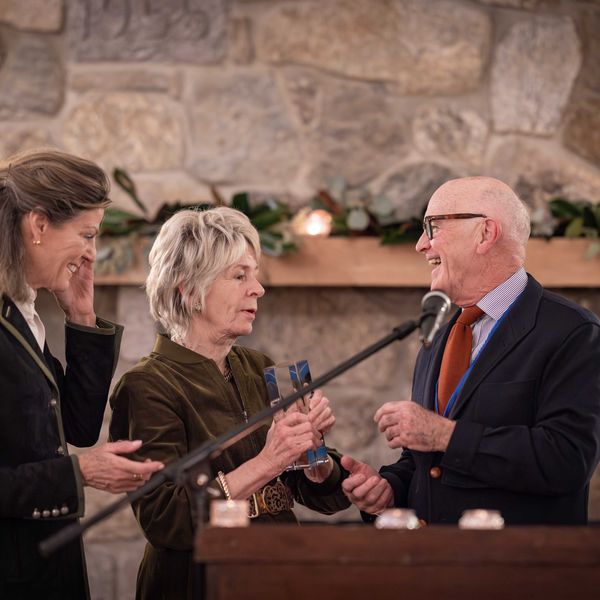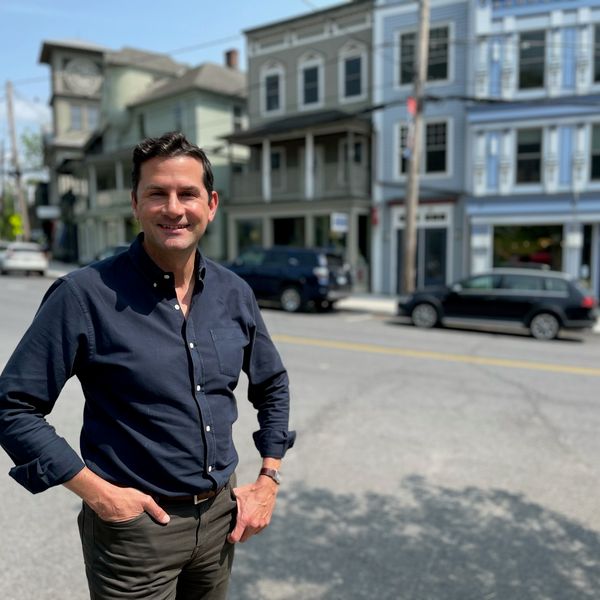The Ungardener reviews the new fall cleanup: Thinking small in the Fall

Before cutting down a bittersweet vine the Ungardener notices a Pandora Sphinx caterpillar on its way to a nearby Virginia creeper, which is part of its diet.
Photo by Dee Salomon
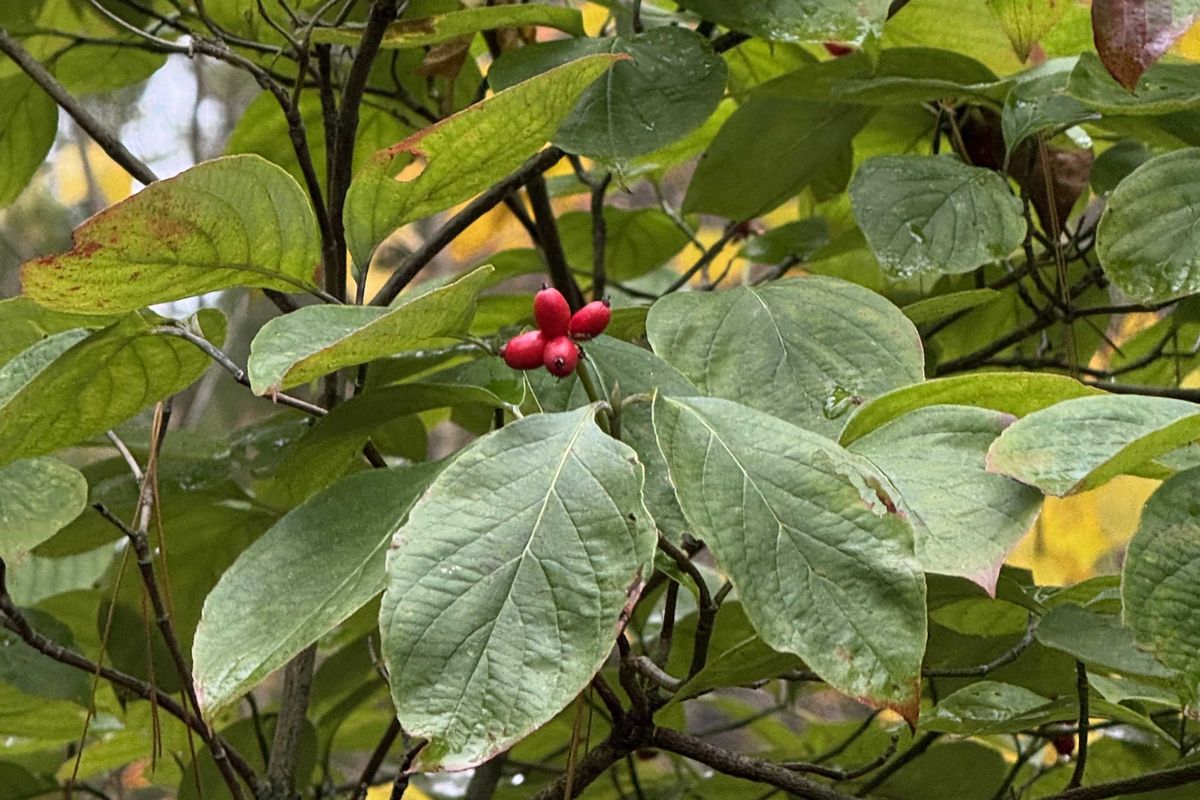


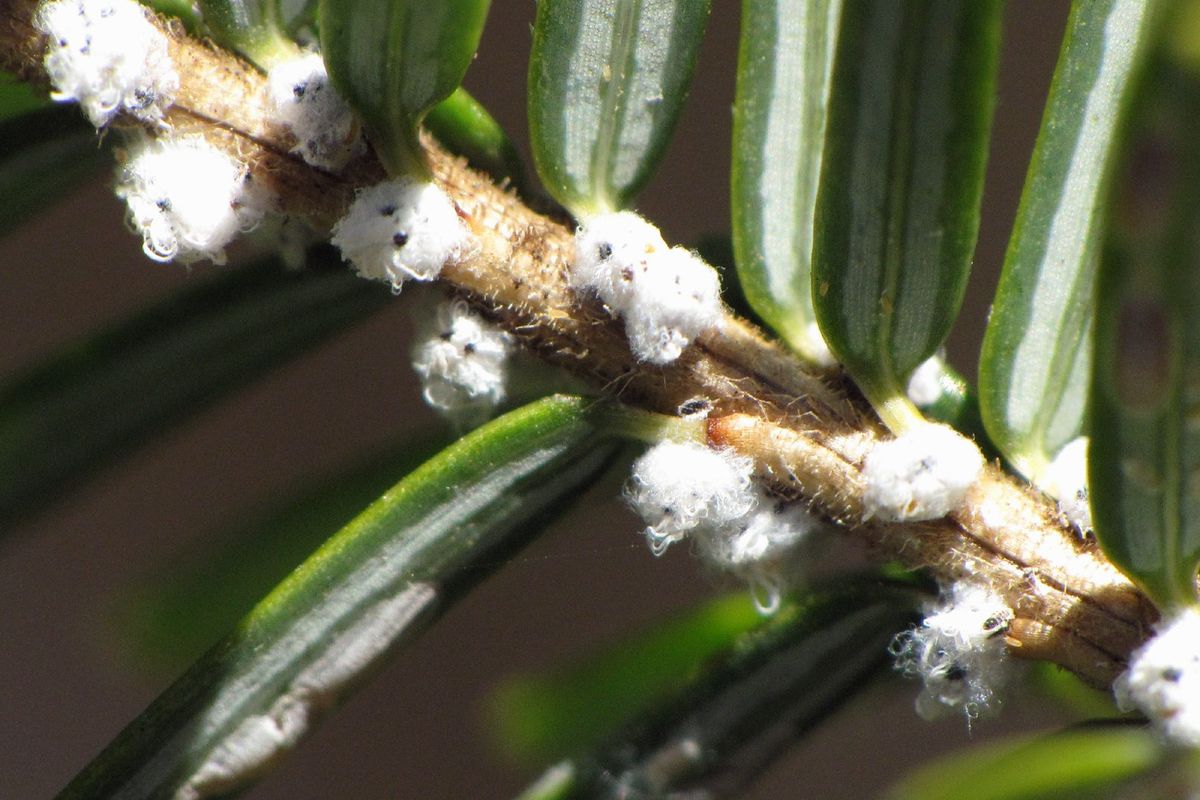
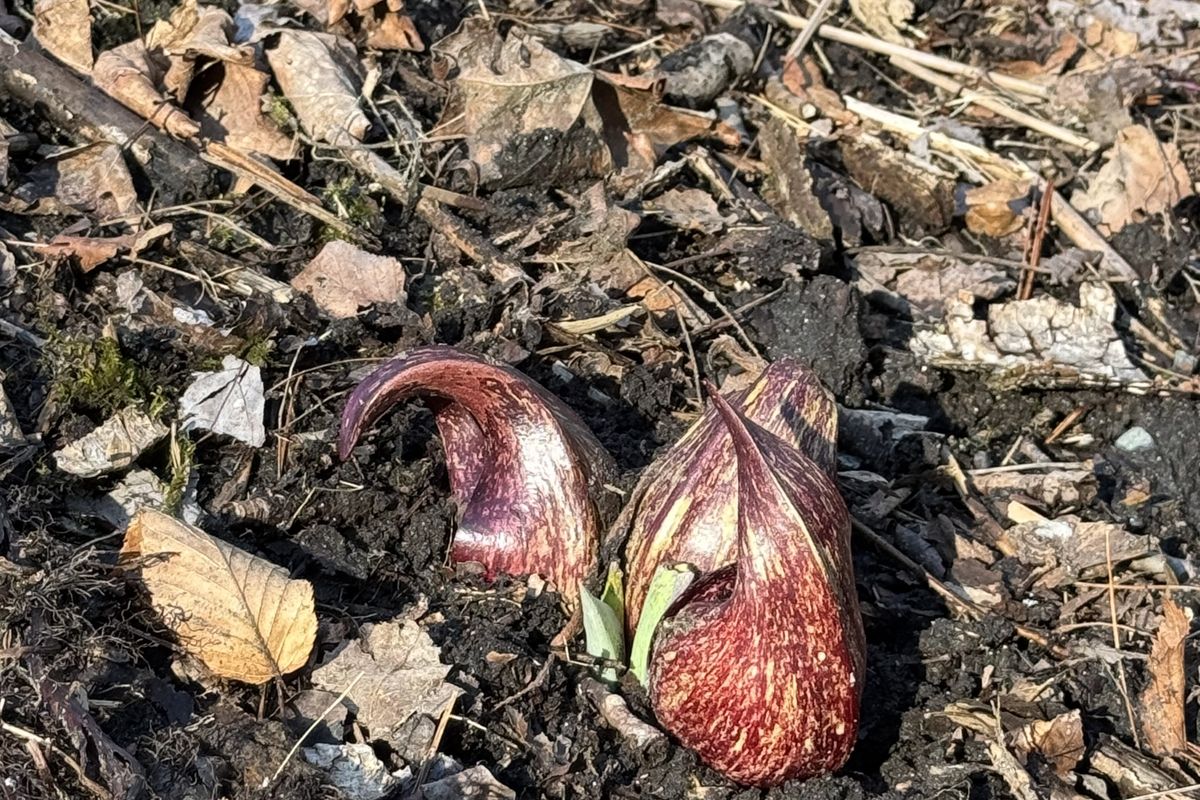



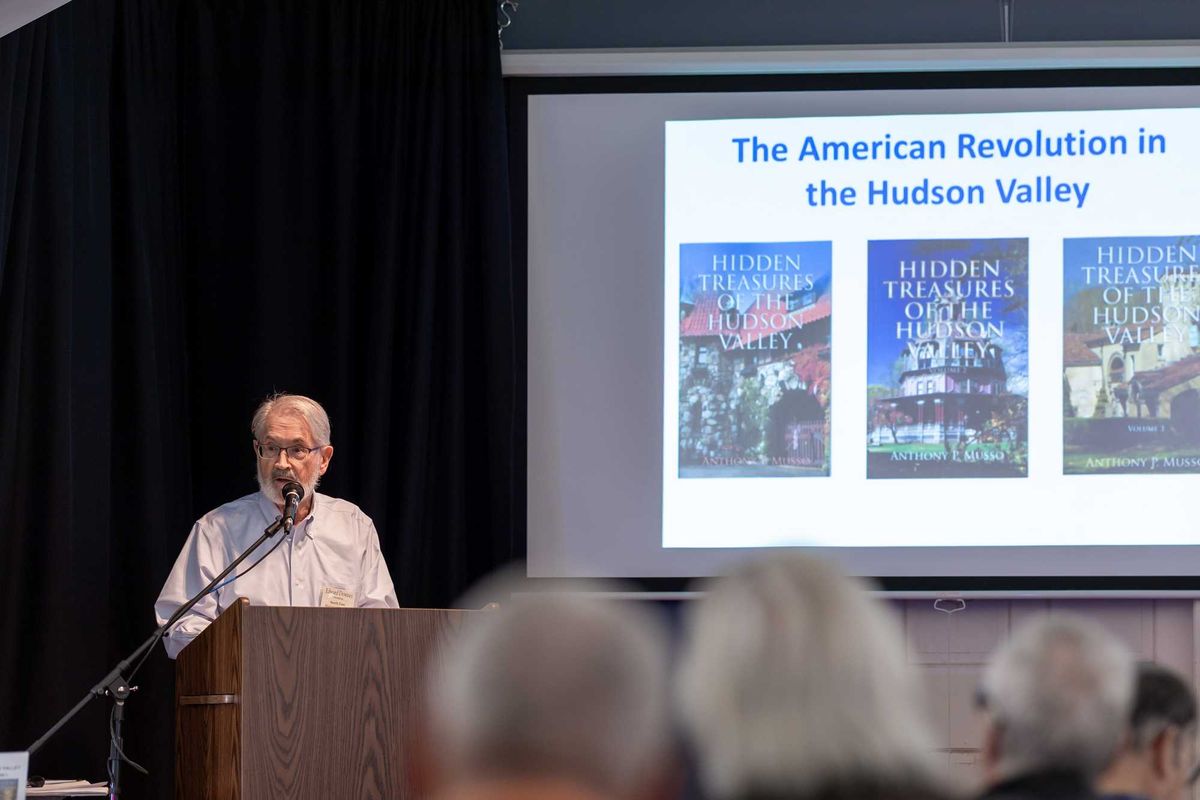
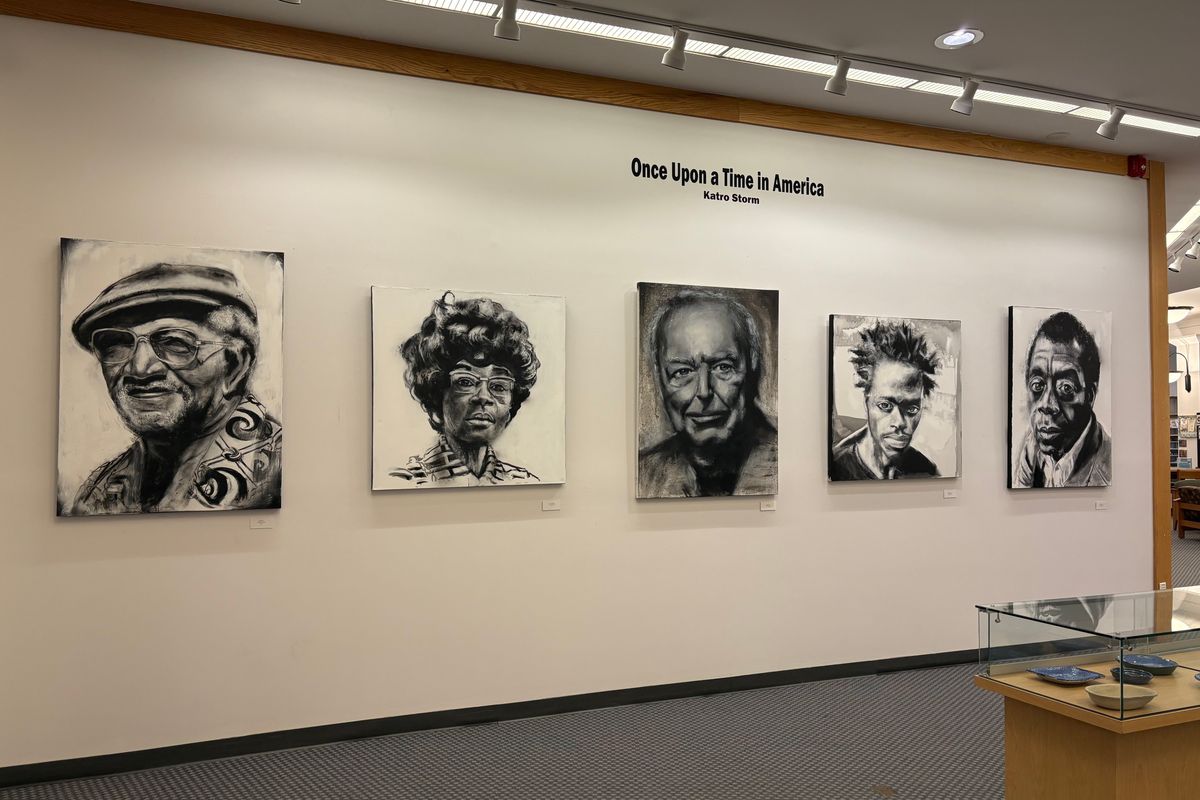
 Artist Katro StormNatalia Zukerman
Artist Katro StormNatalia Zukerman
